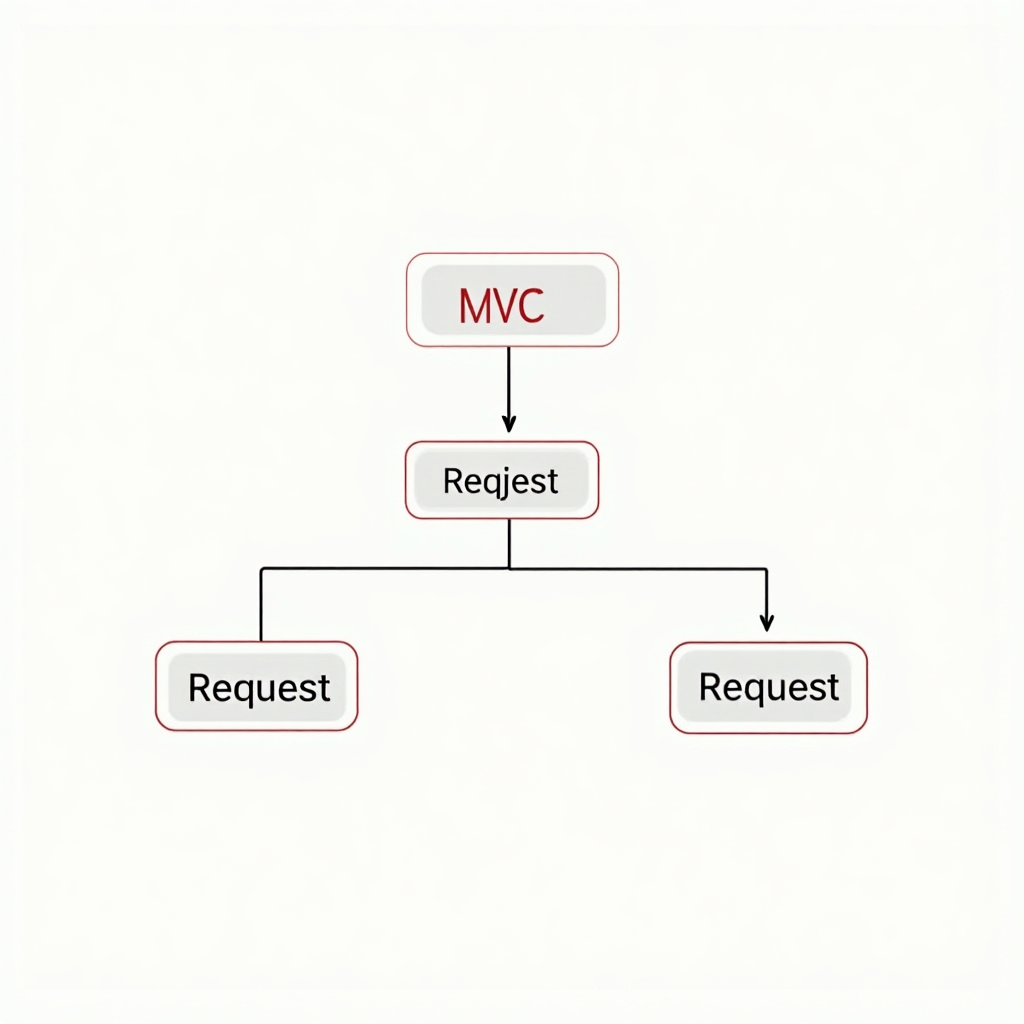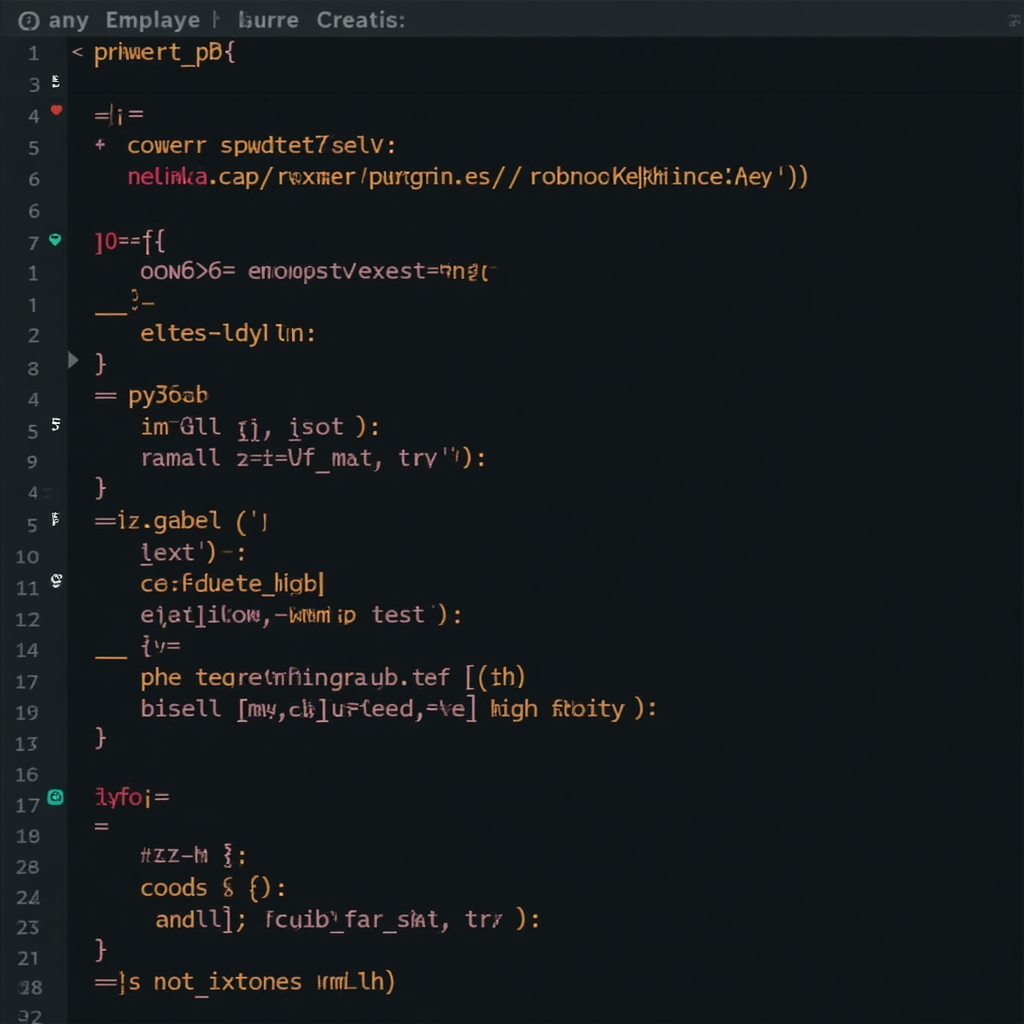CodeIgniter Application Upgradation & Modernization Made Easy
Upgrading CodeIgniter applications is now easier than ever. A step-by-step guide is provided to ensure a smooth transition. The process begins with preparing the environment, followed by updating the framework and core files. The database and configurations are then migrated, and any necessary adjustments are made. With the new version, applications become more efficient, secure, and scalable. The upgrade process is well-documented, allowing developers to quickly and easily upgrade their CodeIgniter applications, ensuring they stay up-to-date with the latest features and security patches. This makes upgrading a straightforward and hassle-free process for developers.
CodeIgniter Application Upgradation & Modernization Made Easy Read Post »











